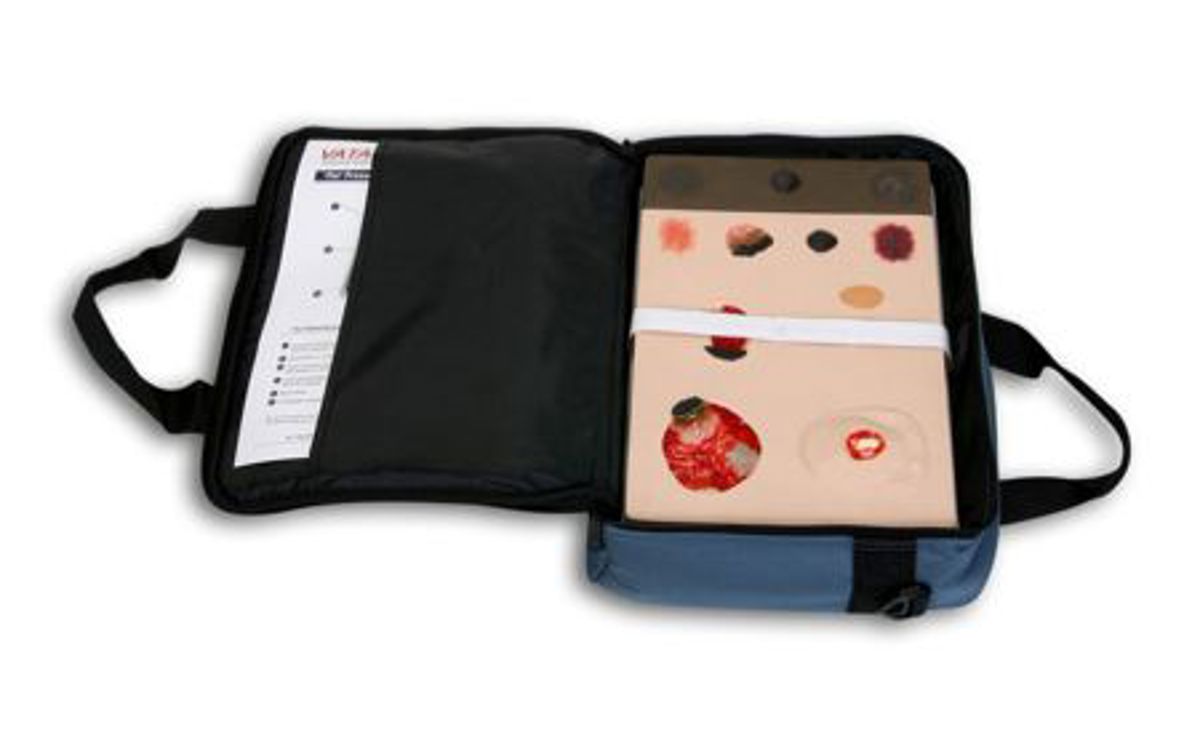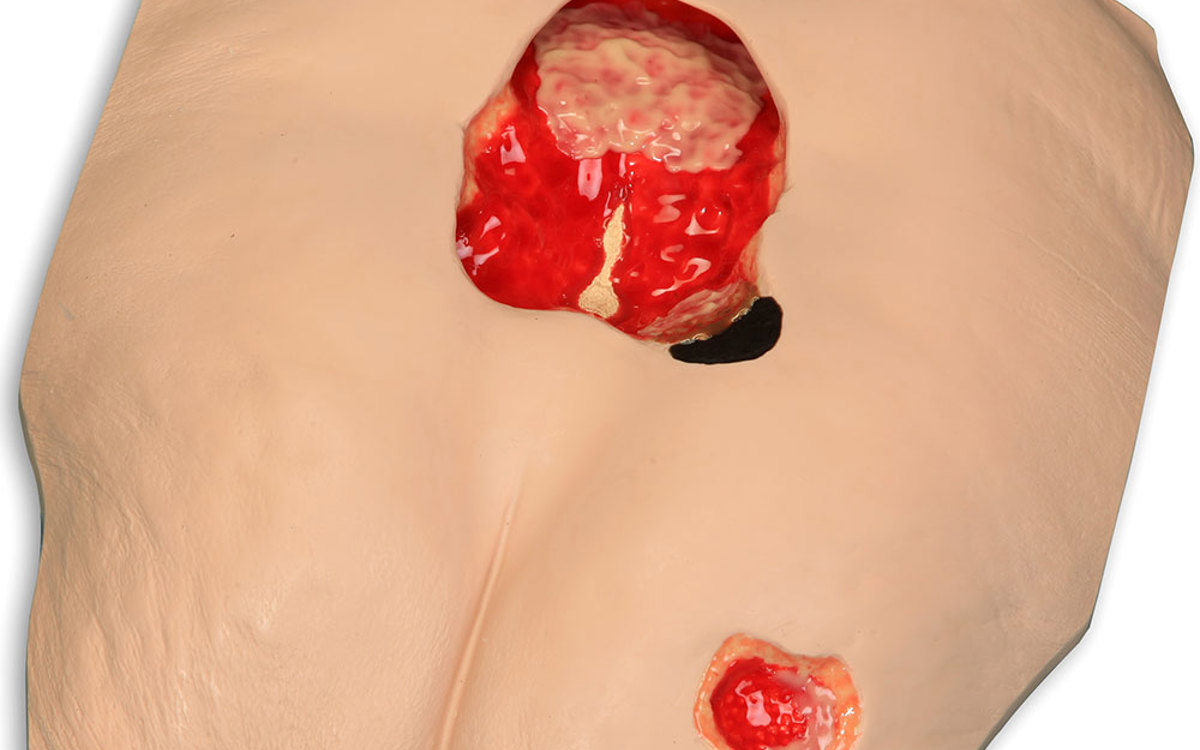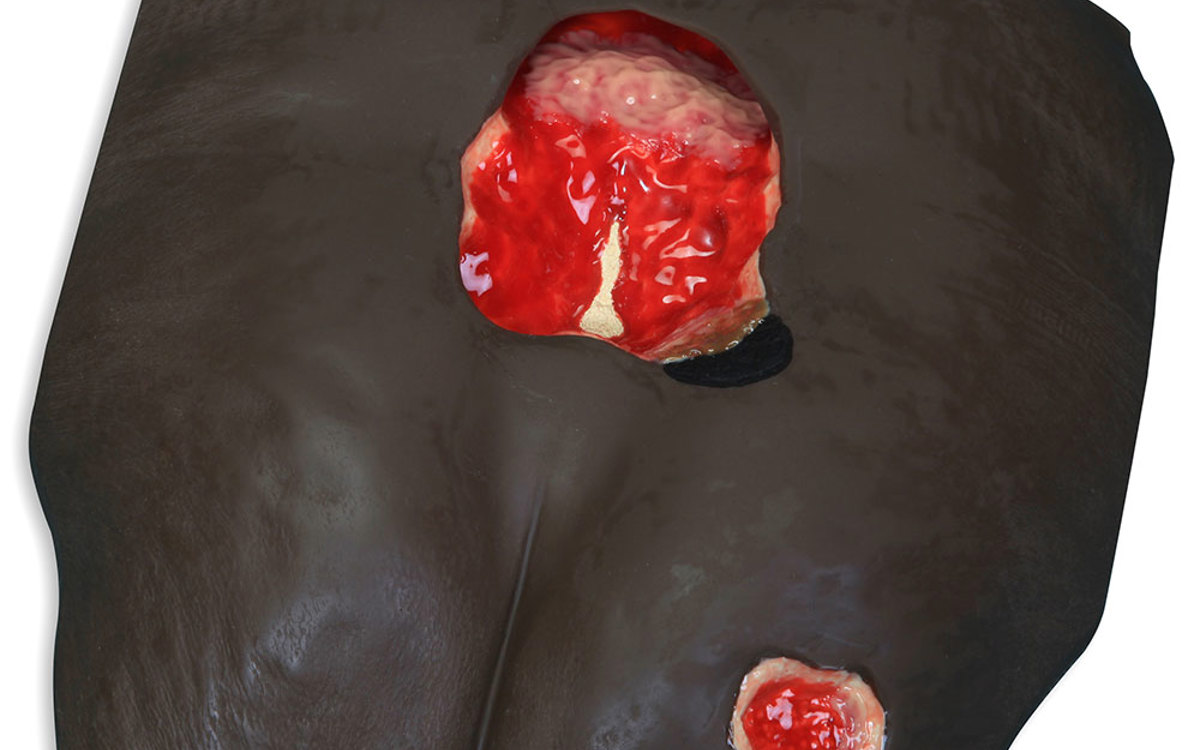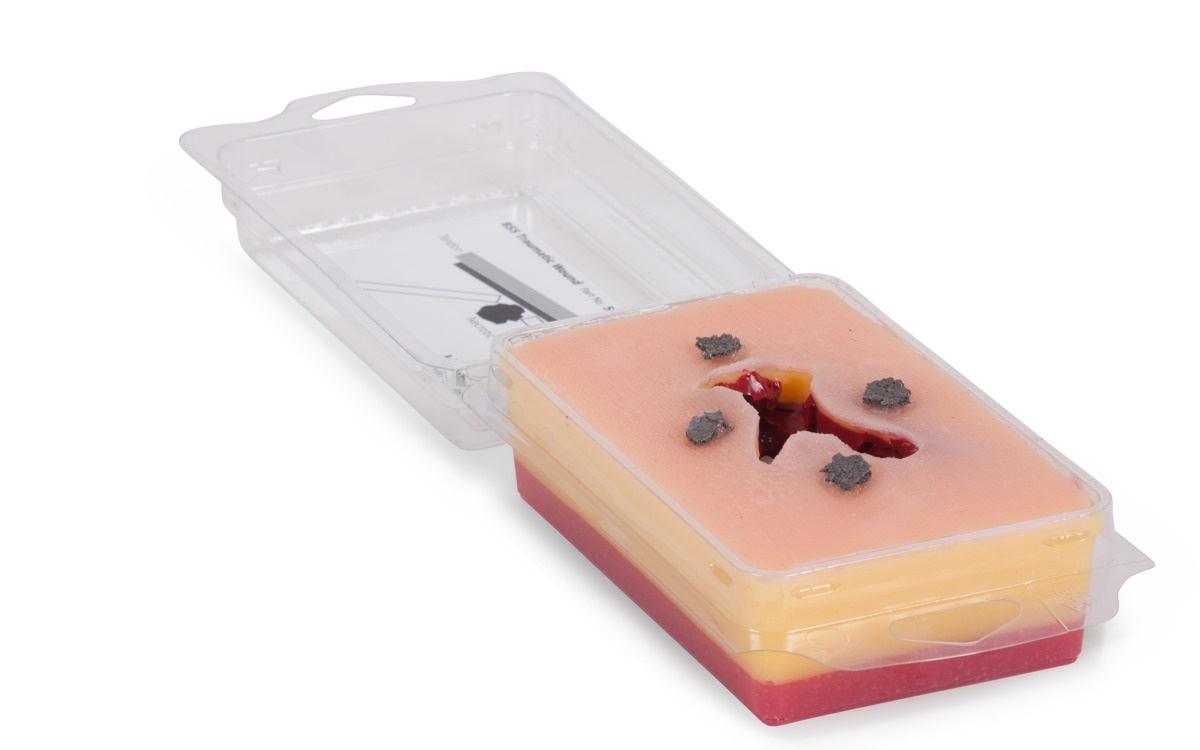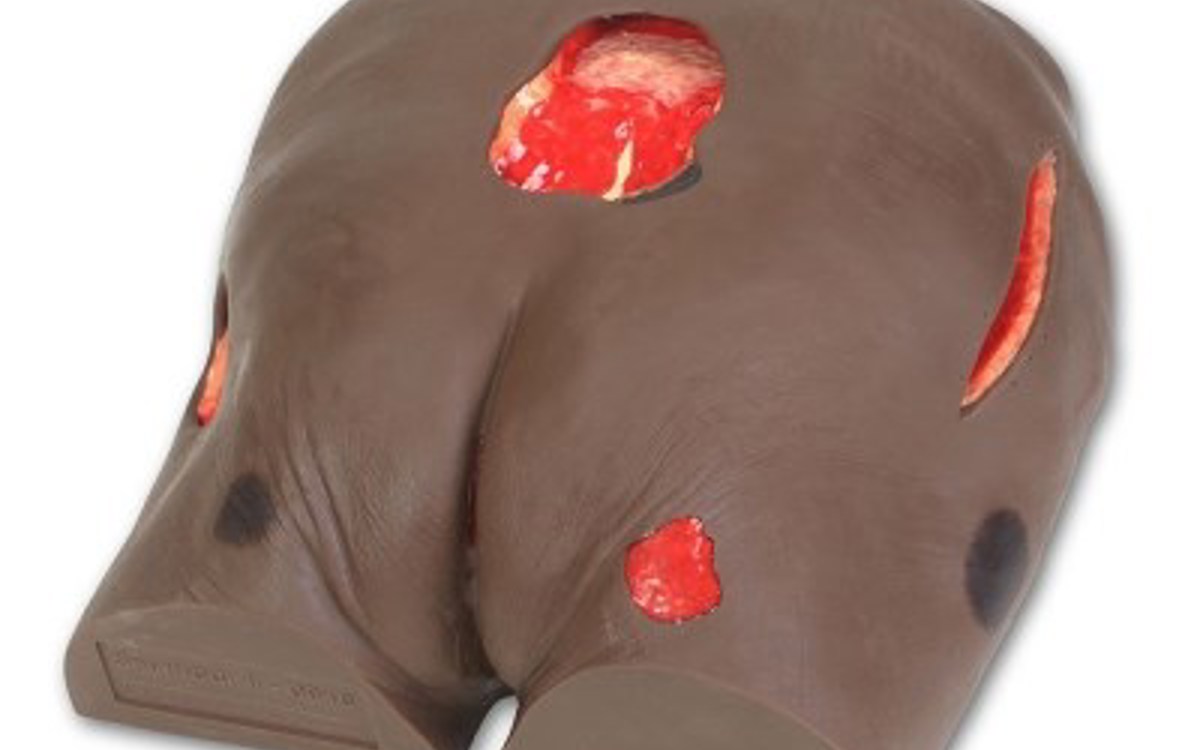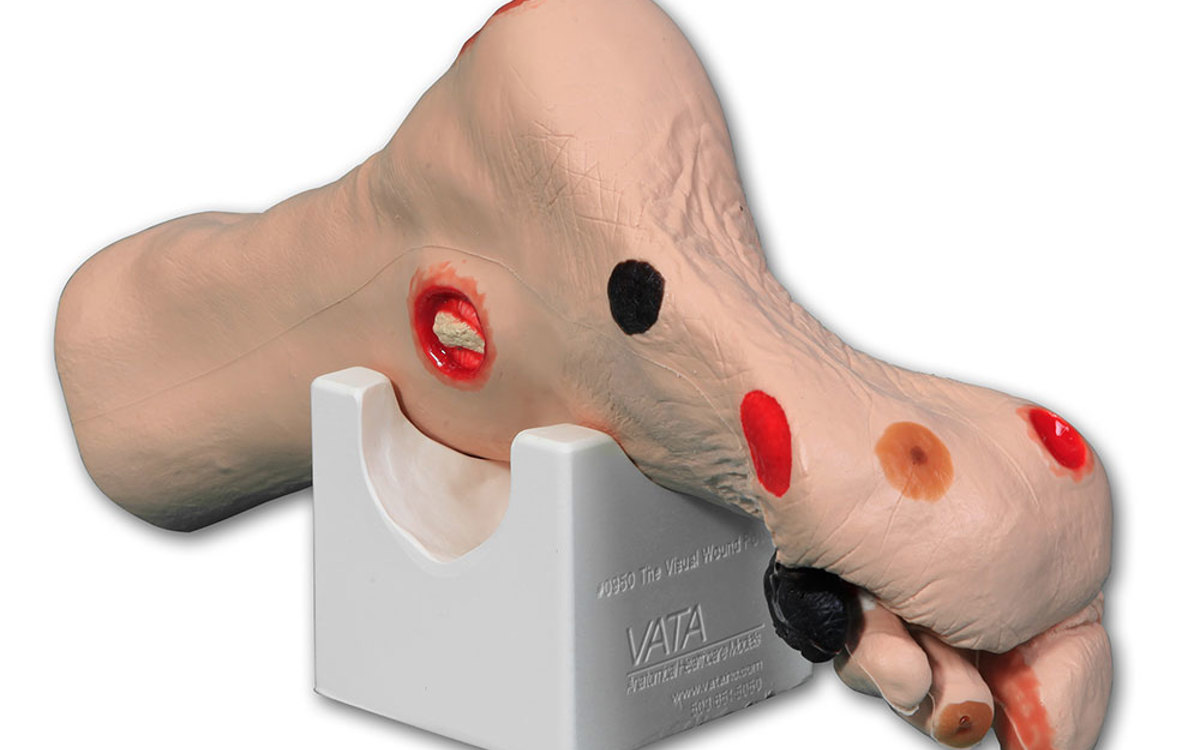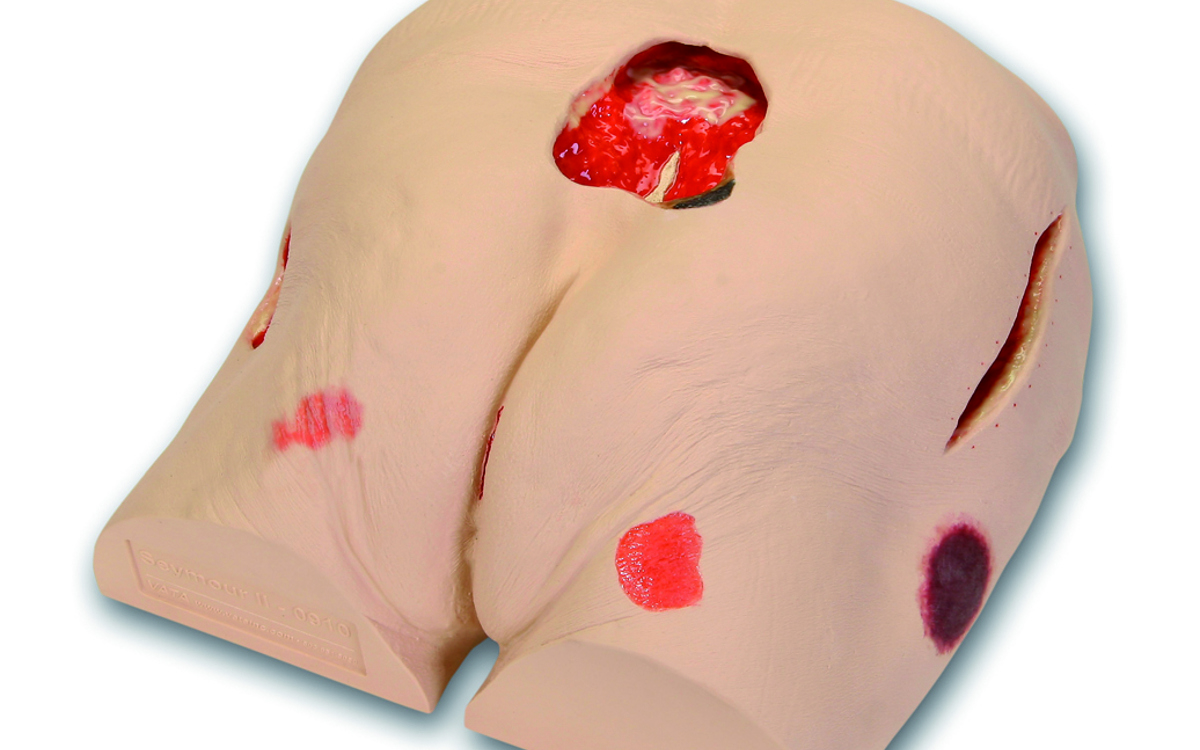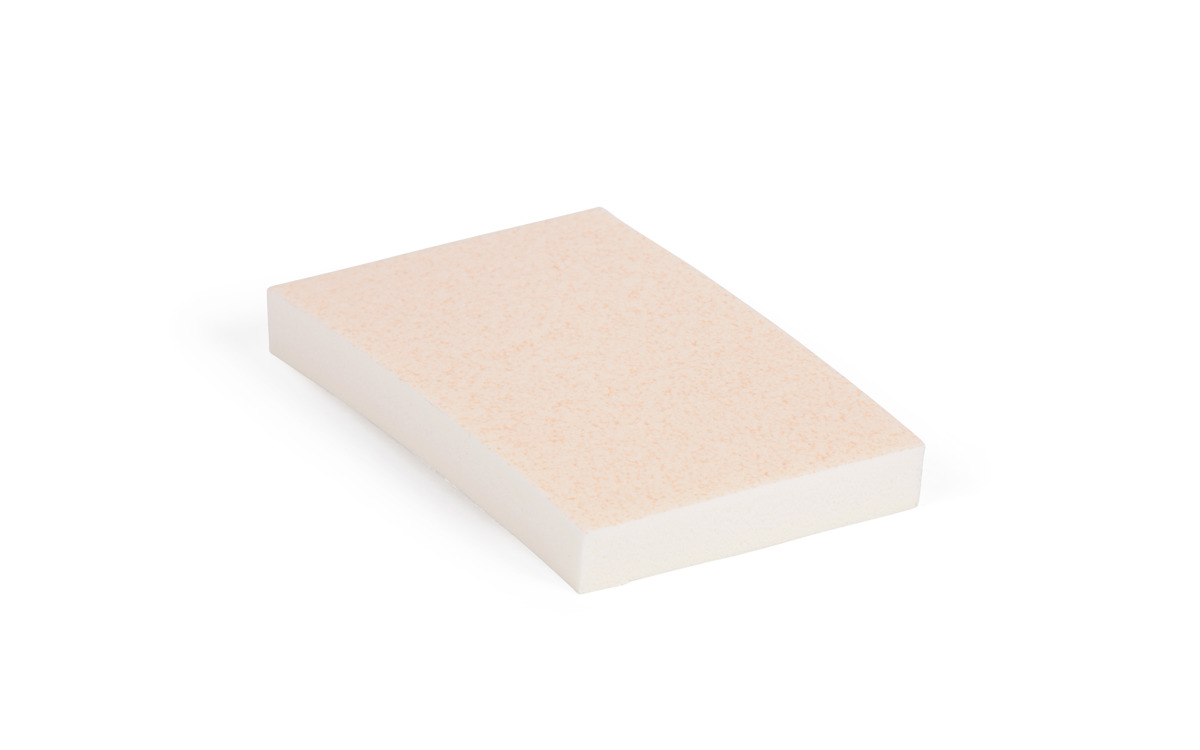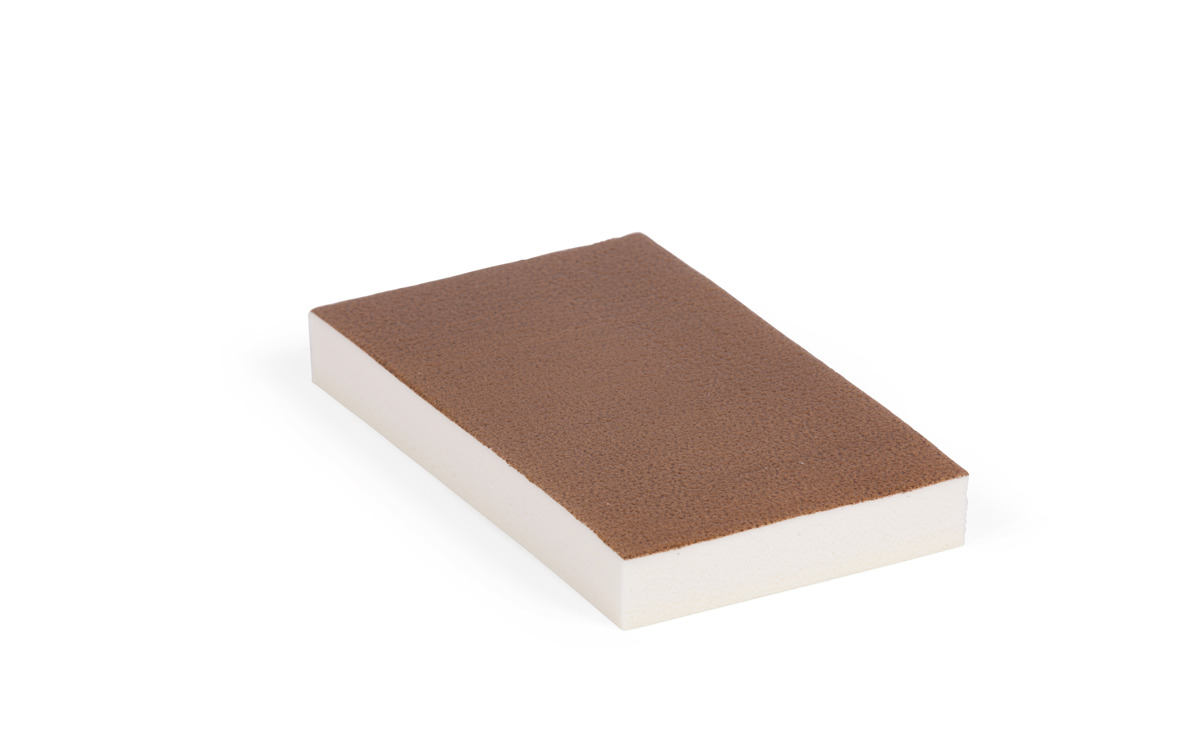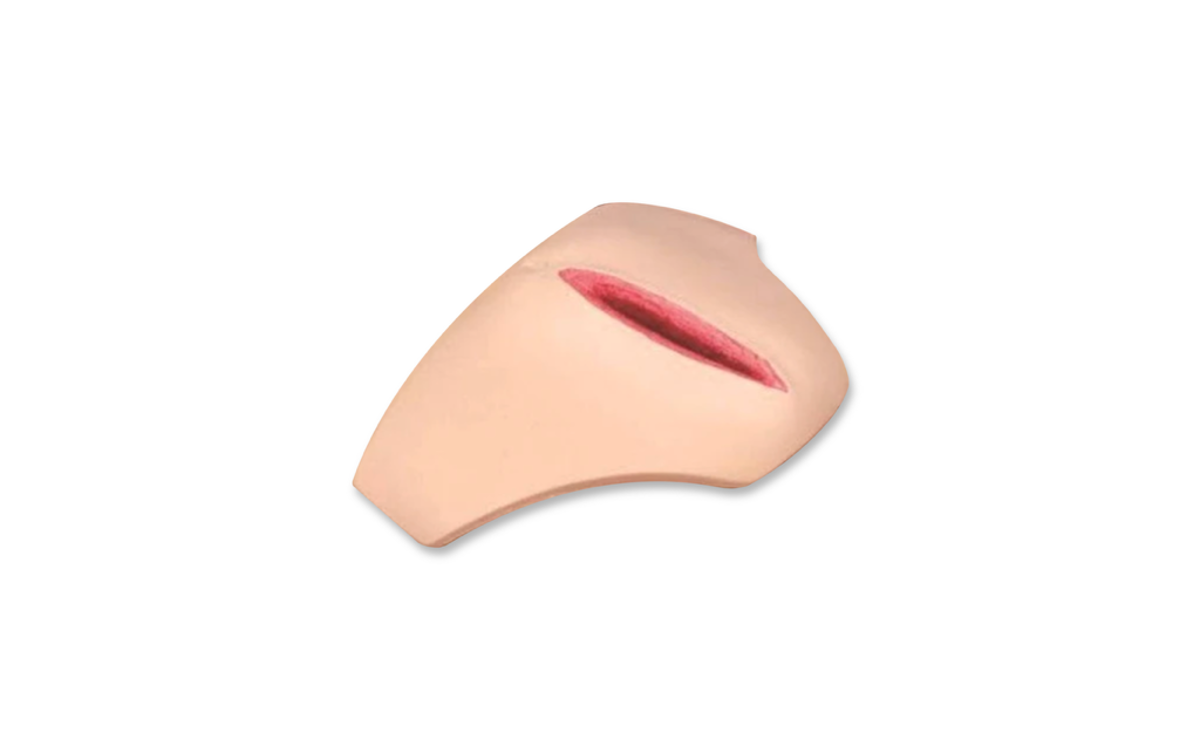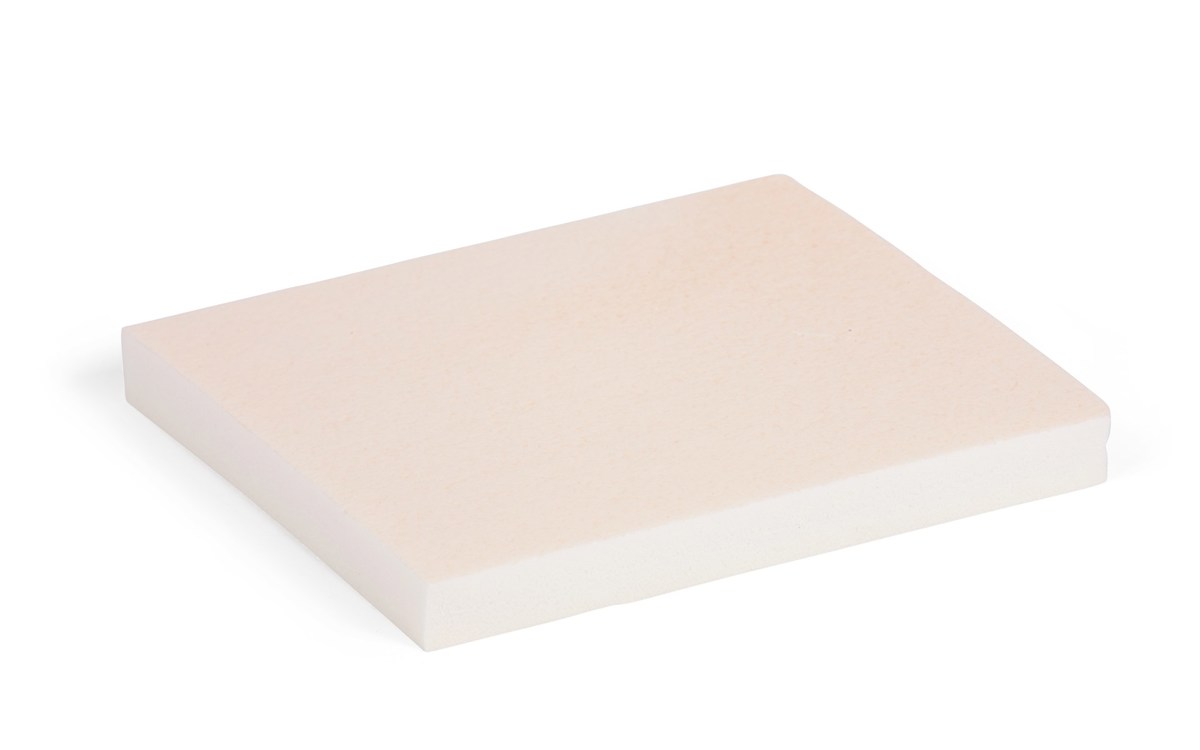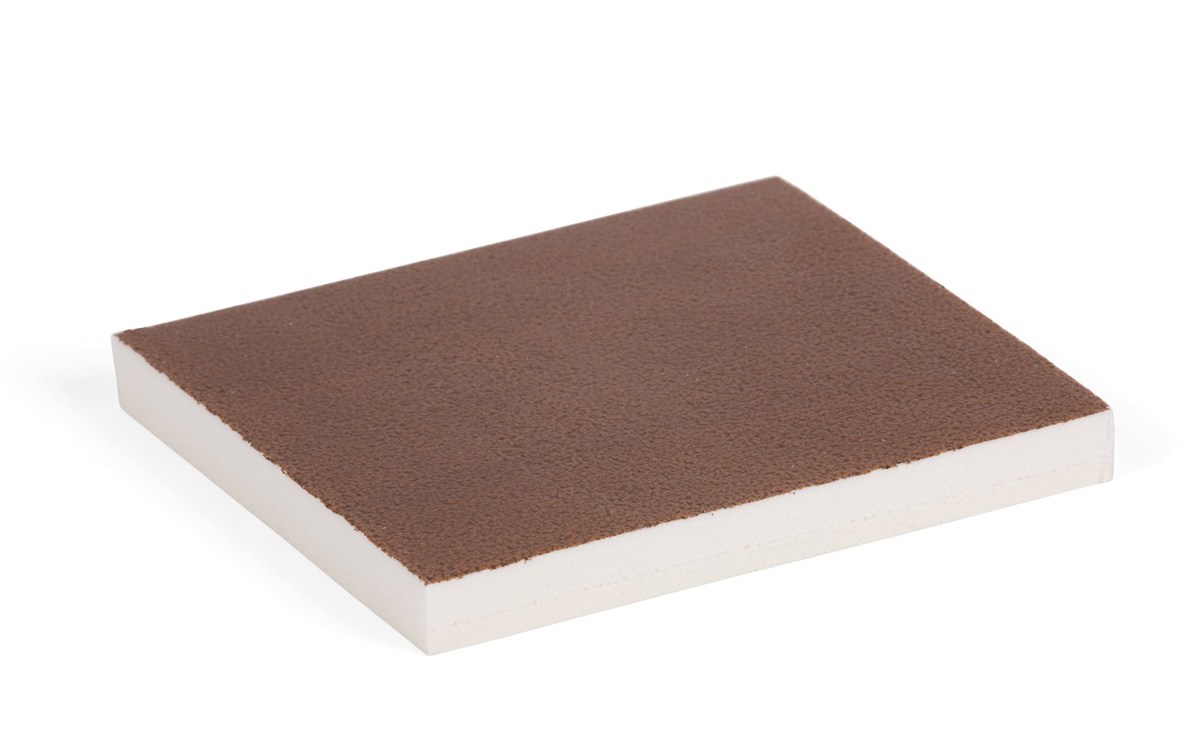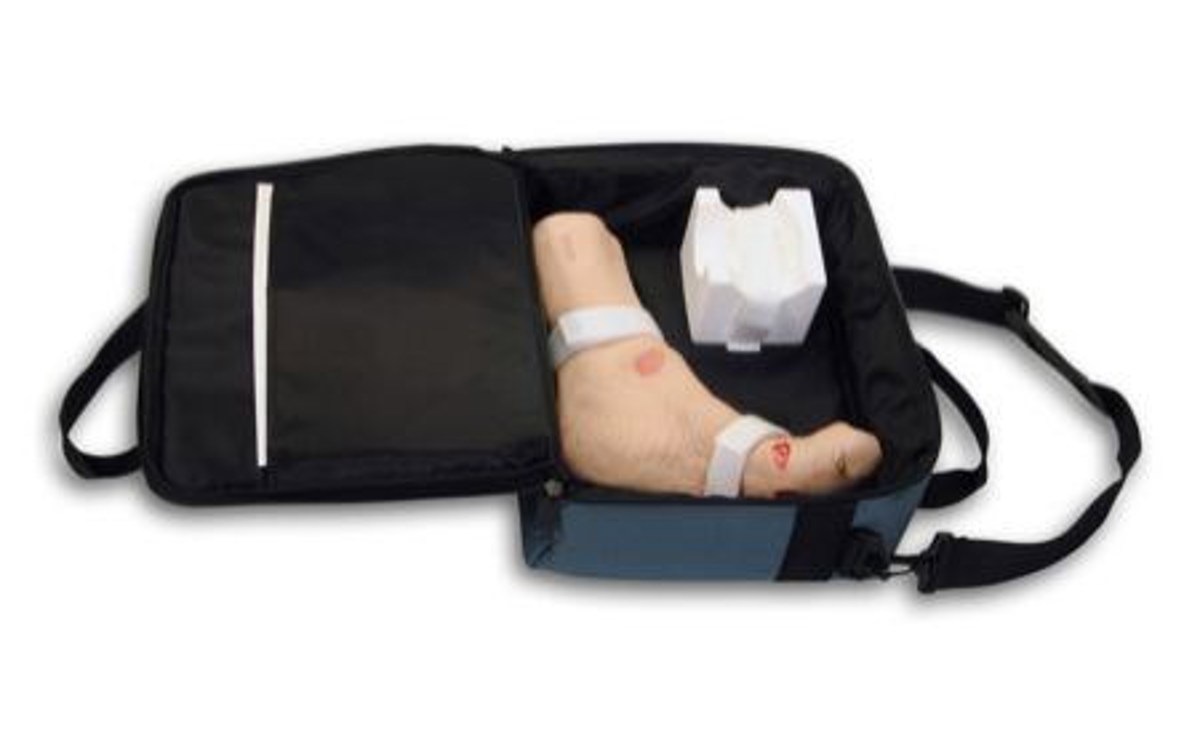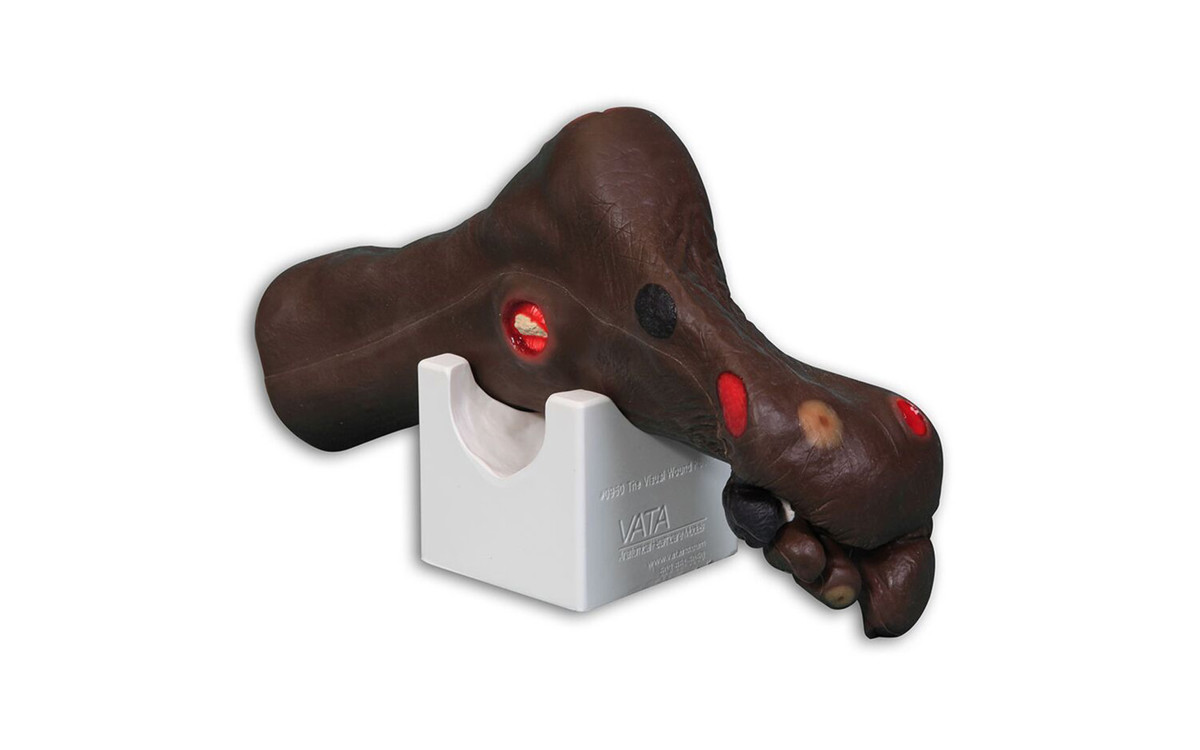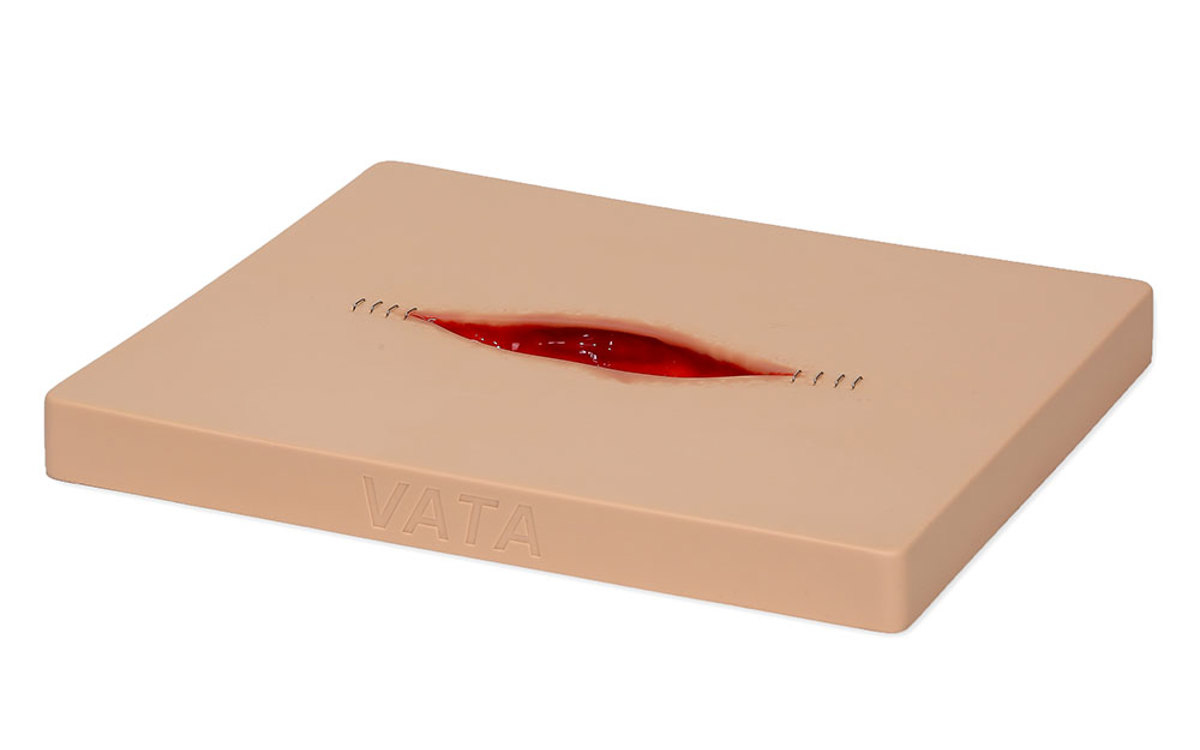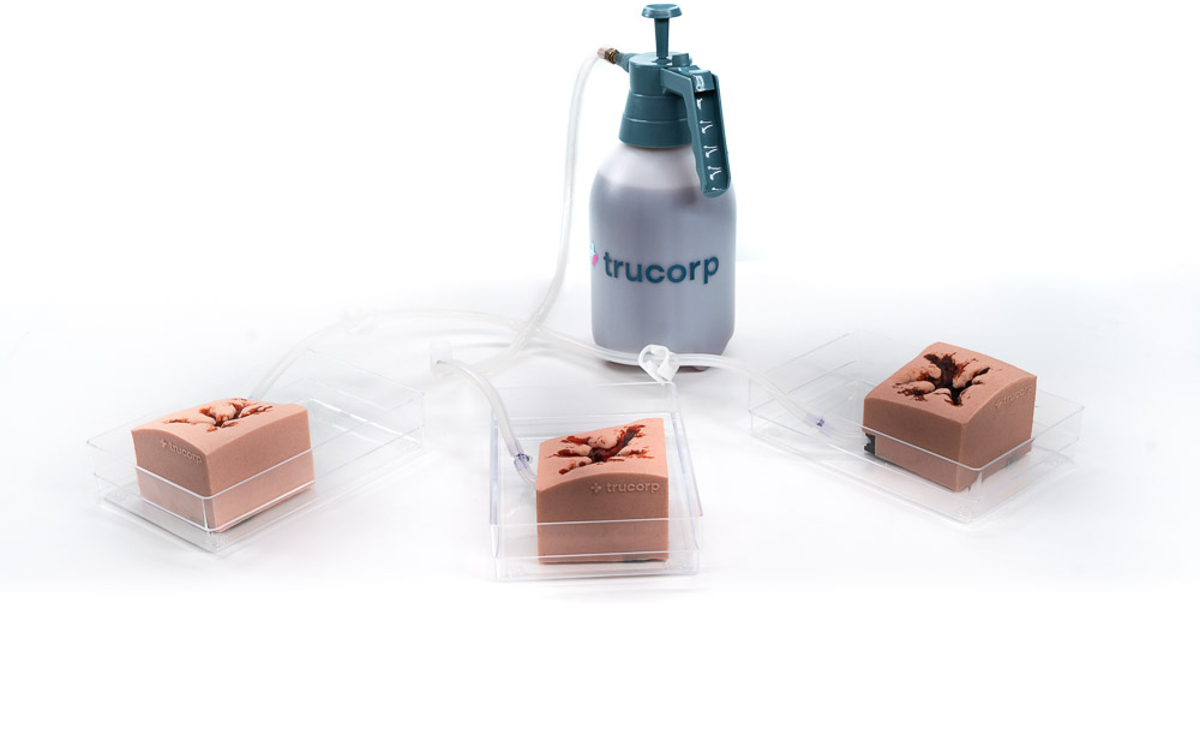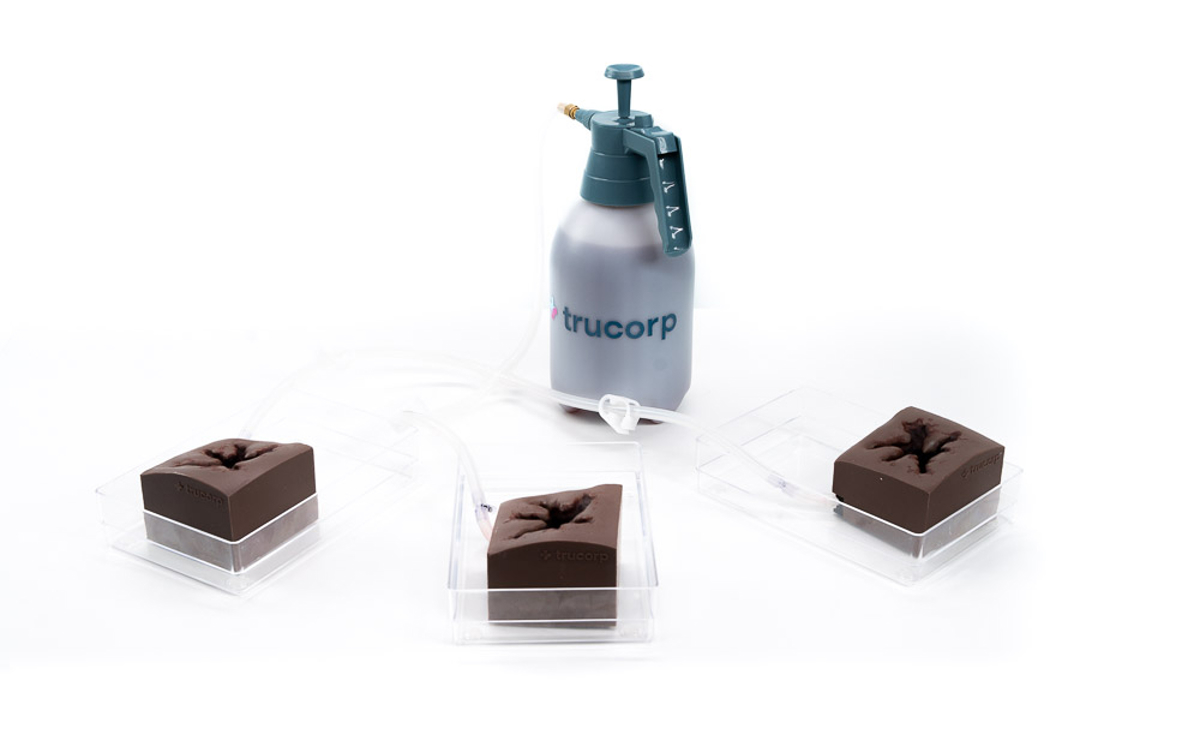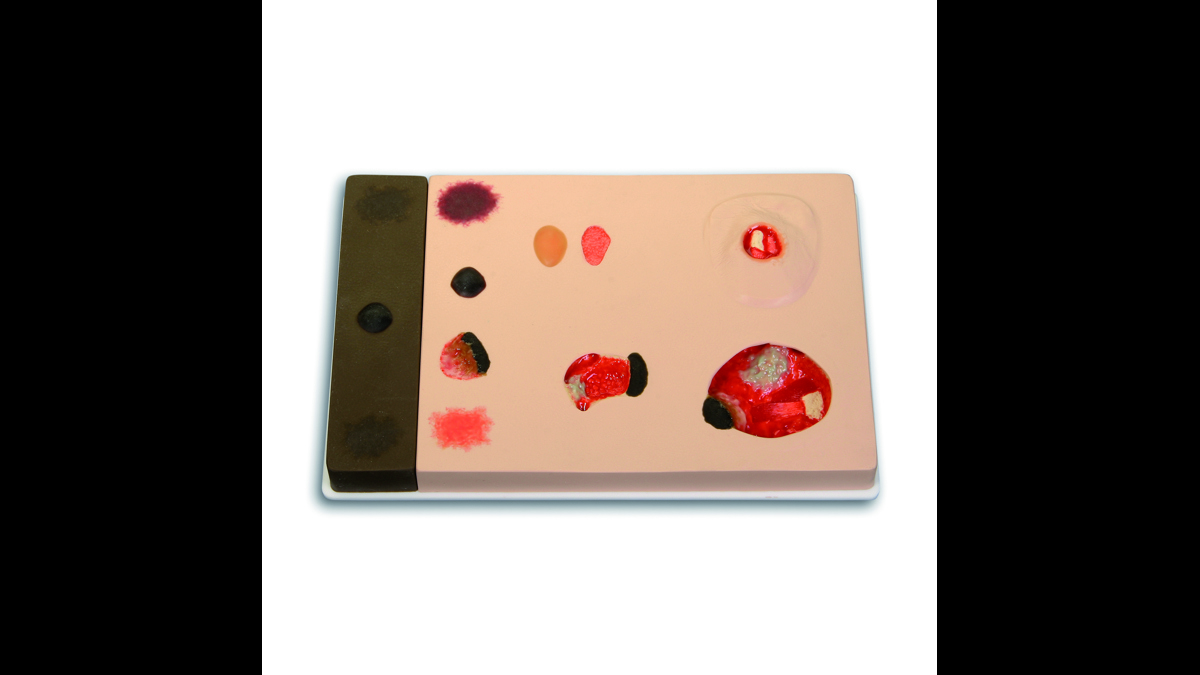
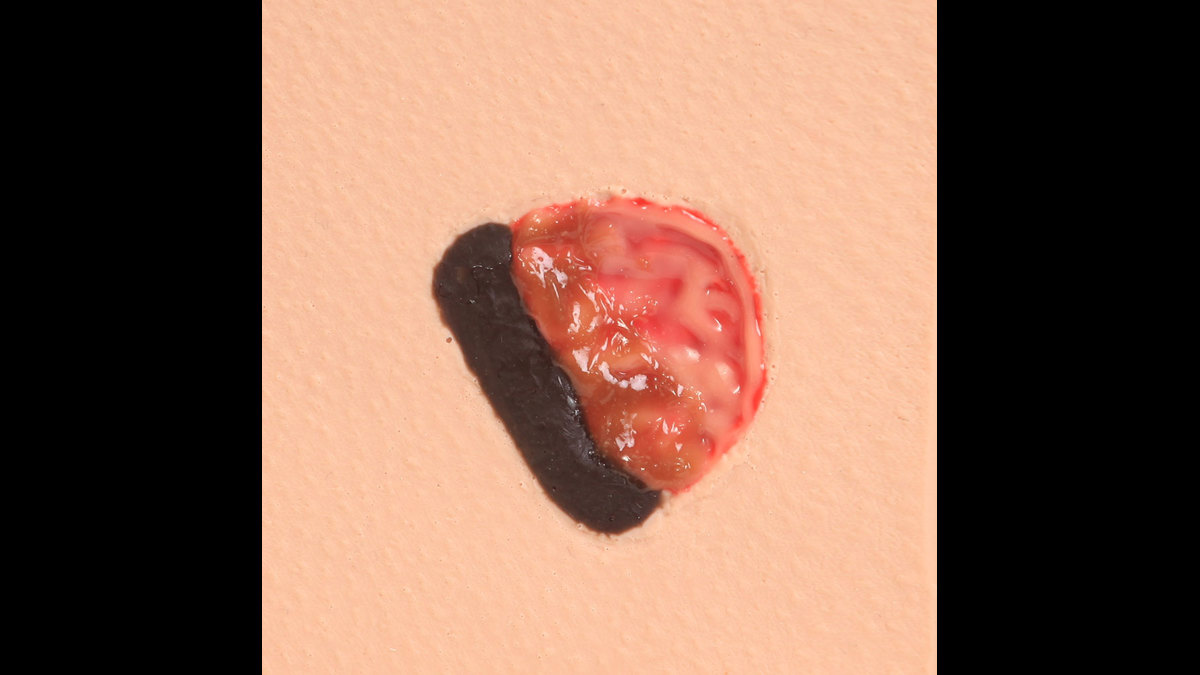
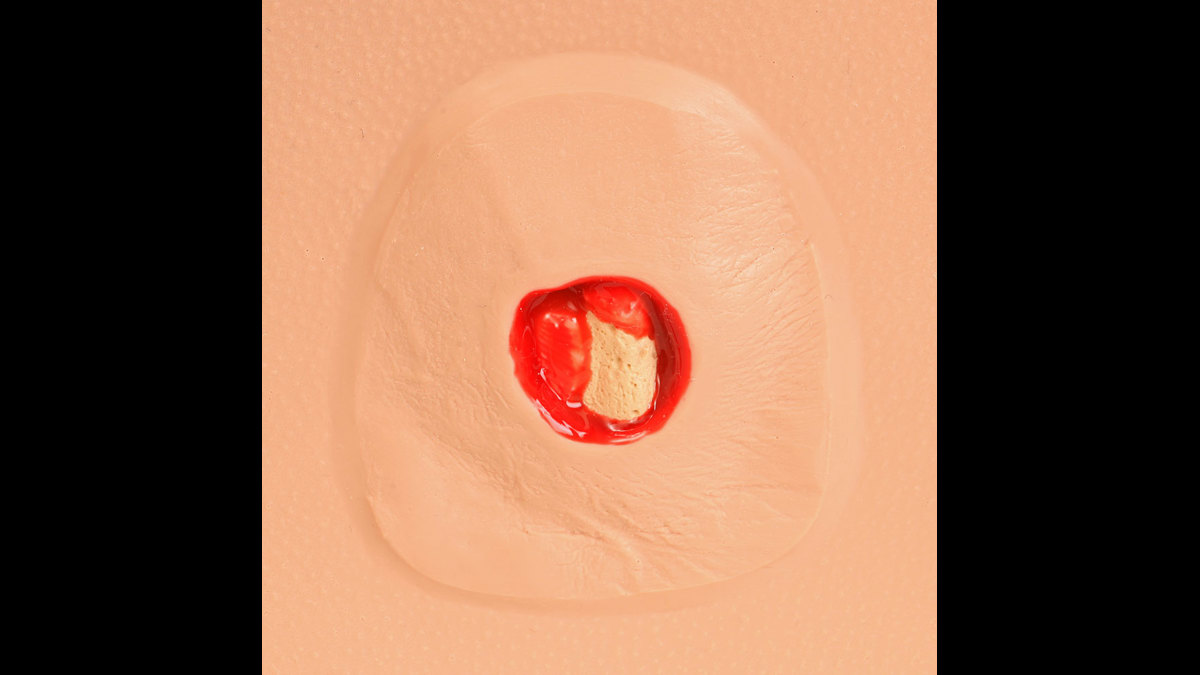
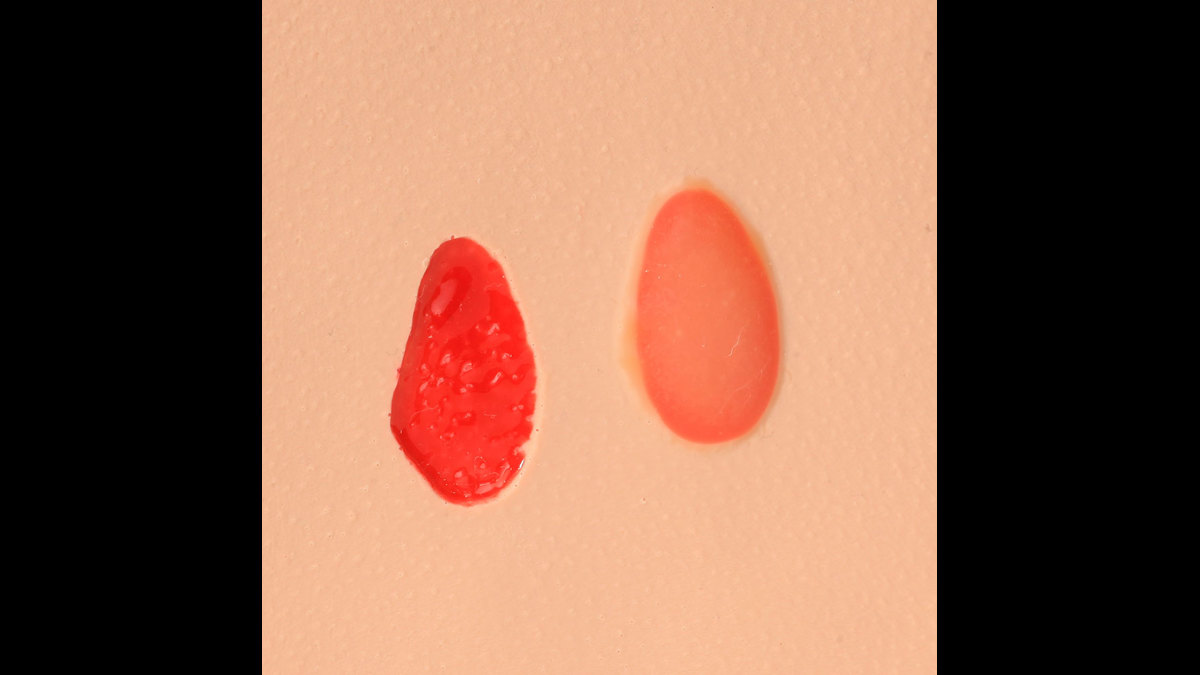
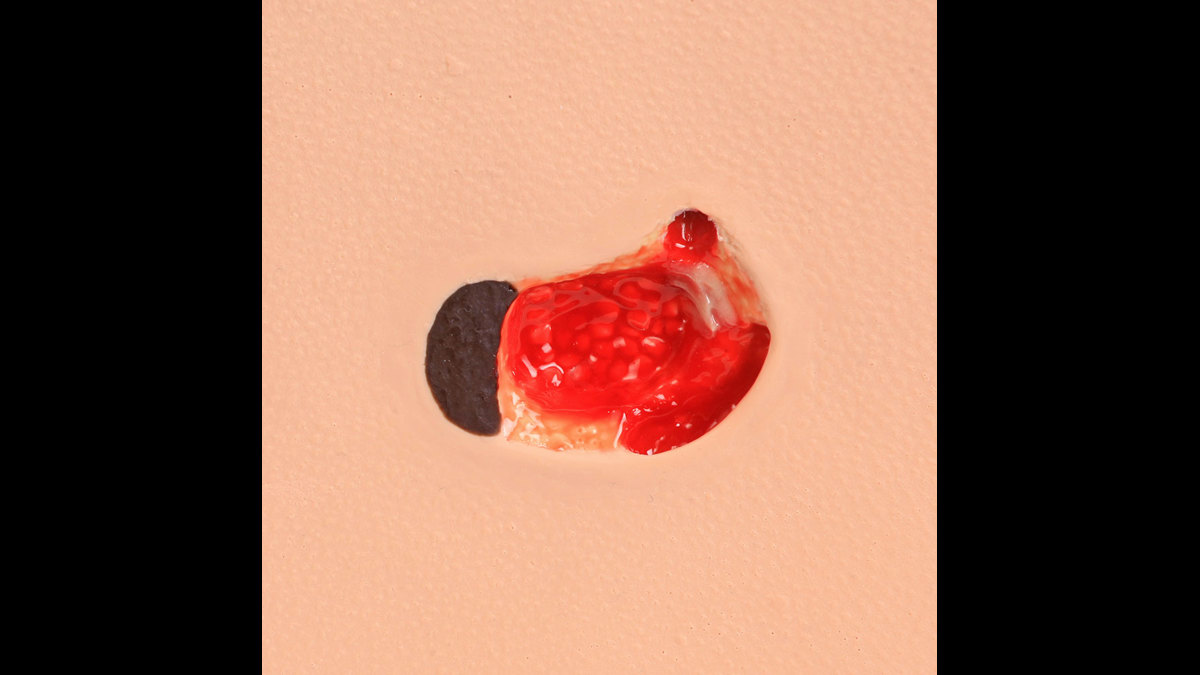
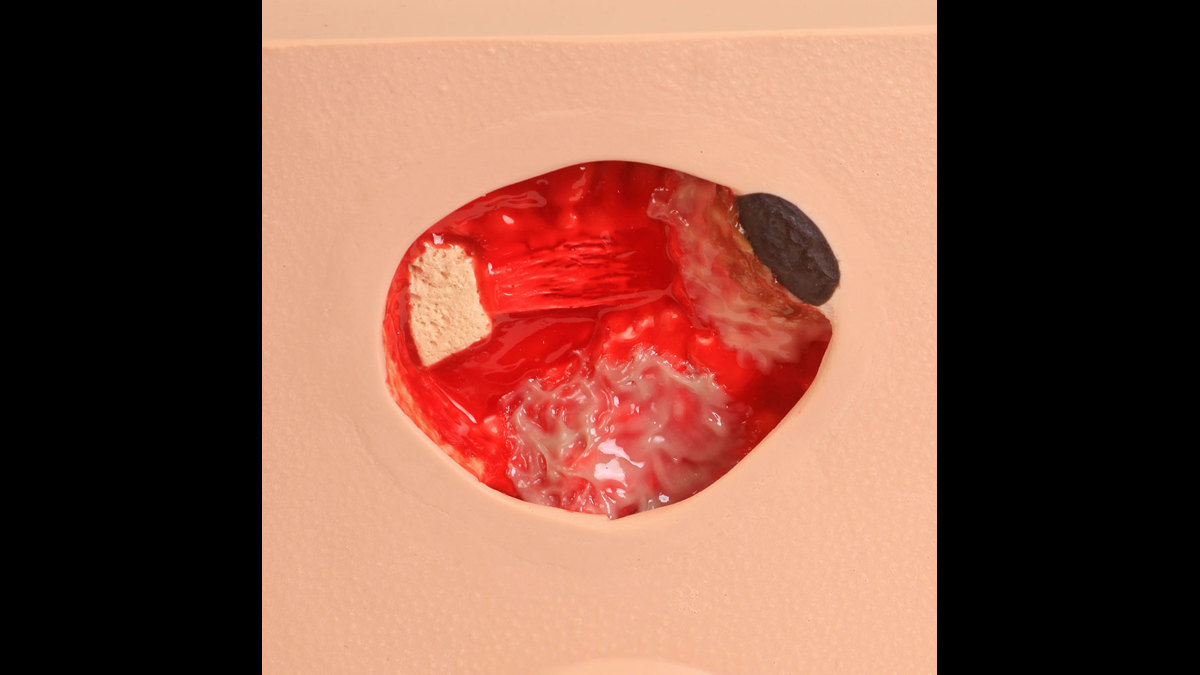
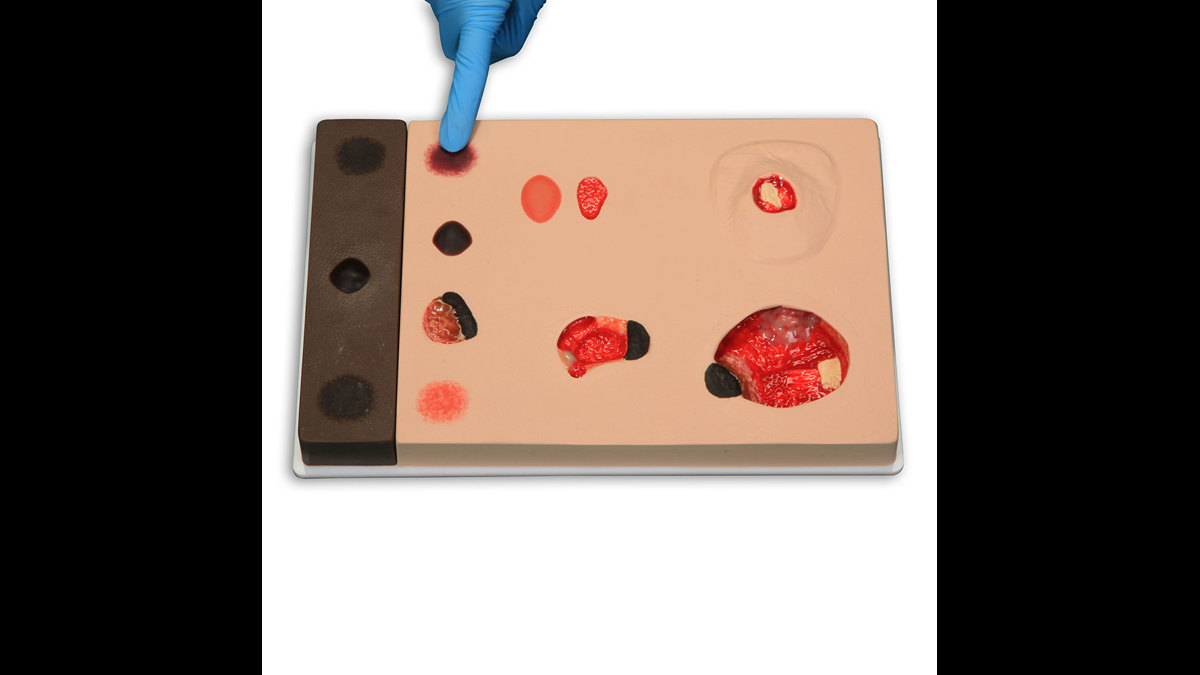
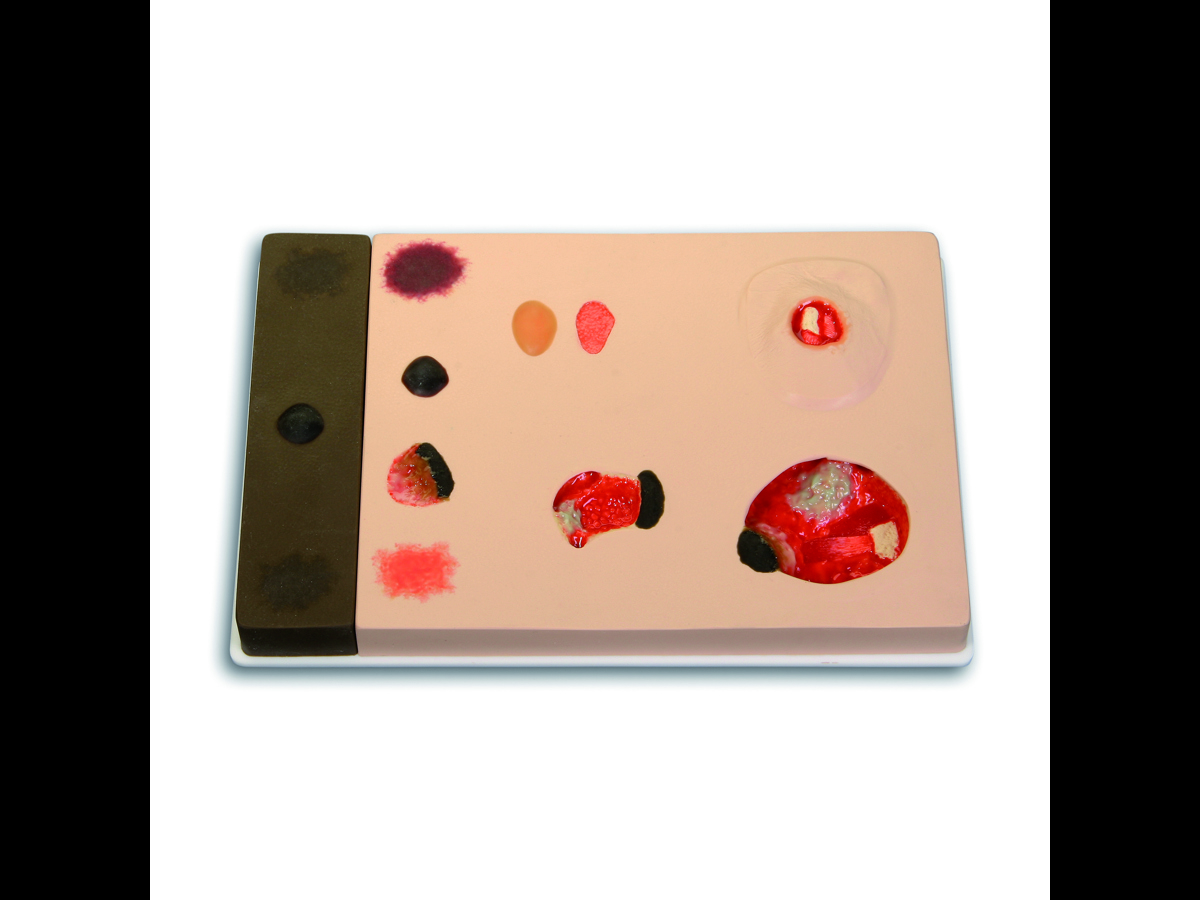
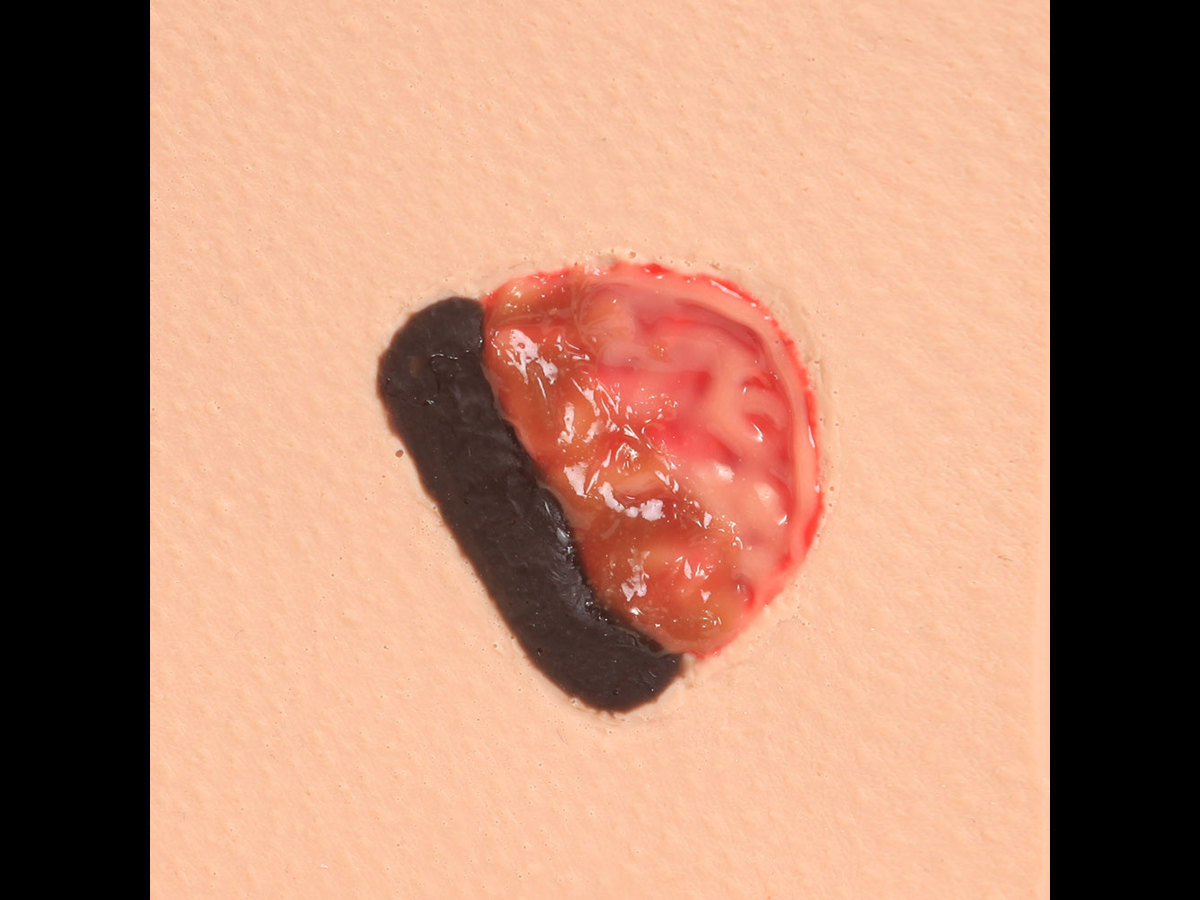

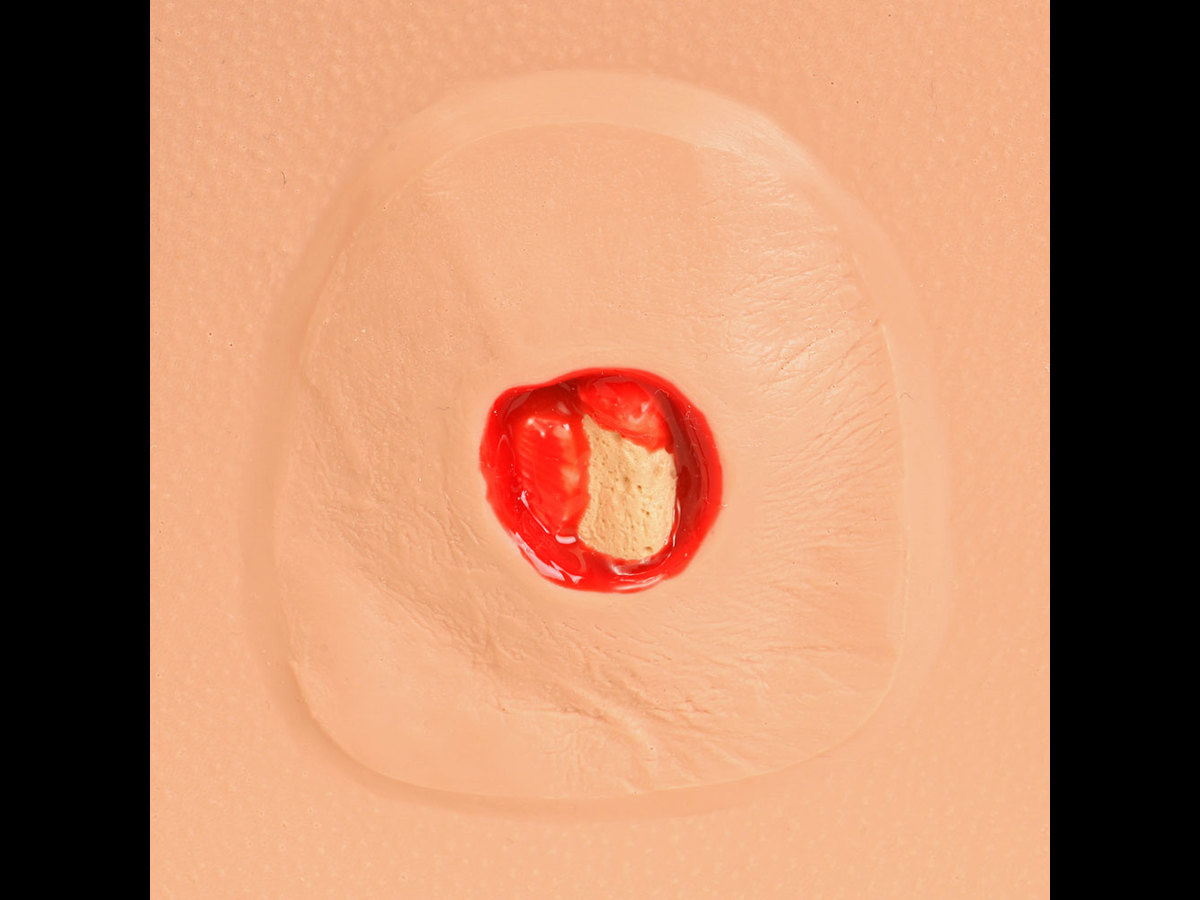
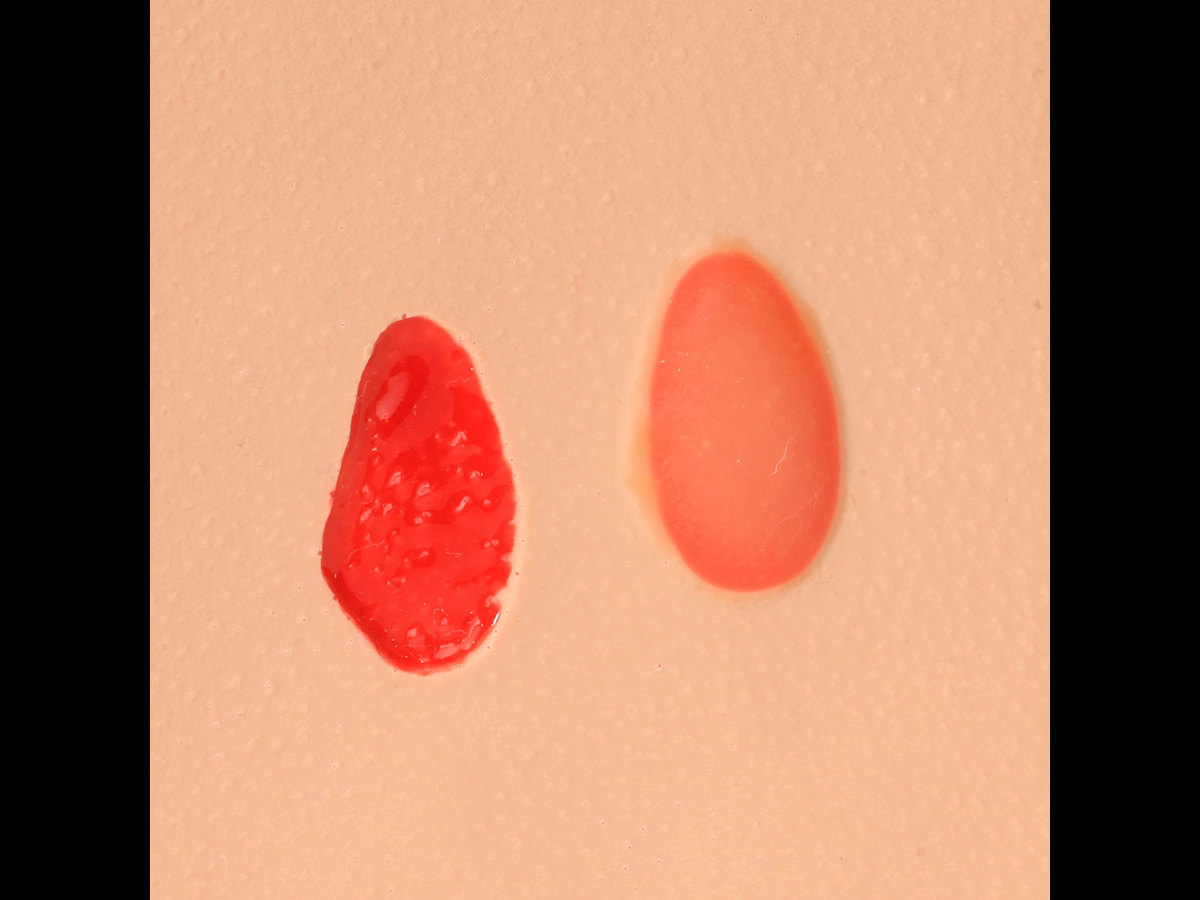
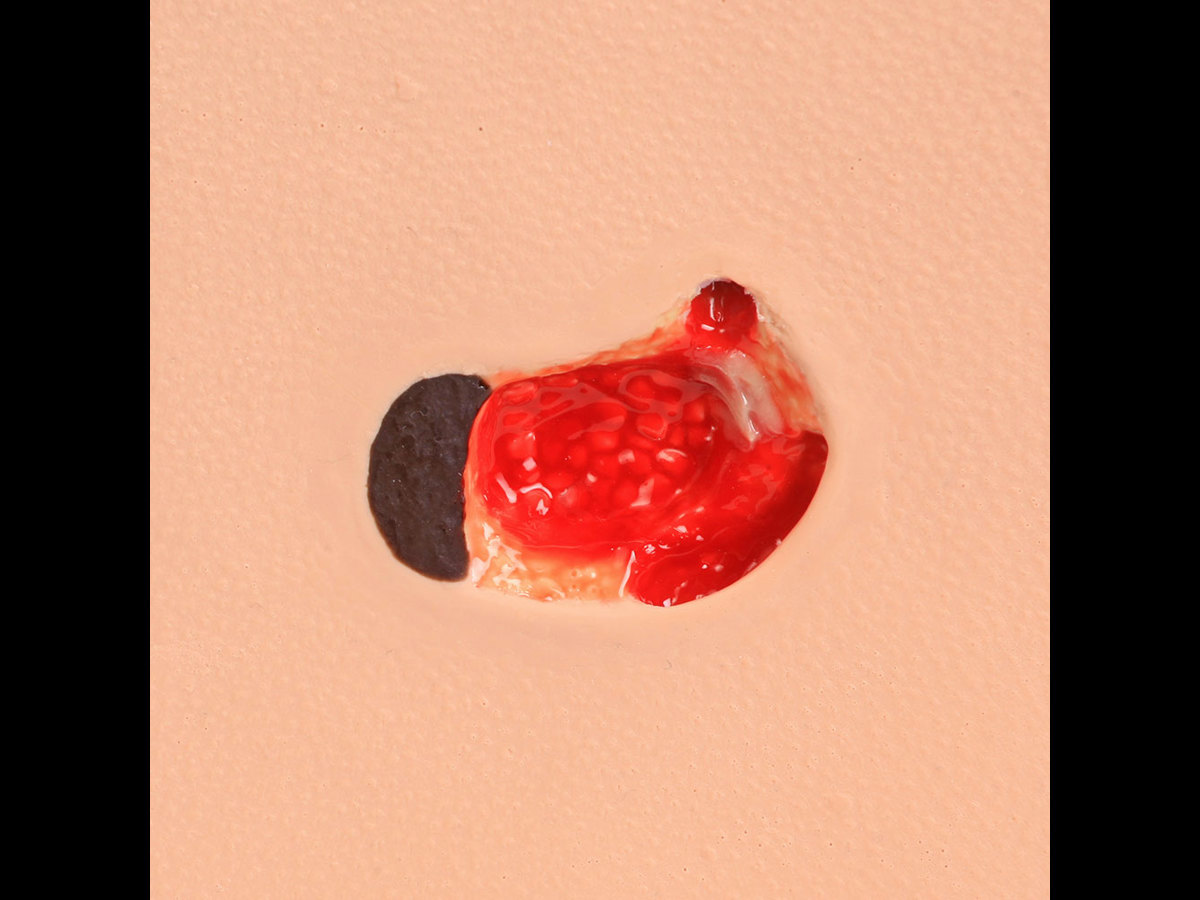
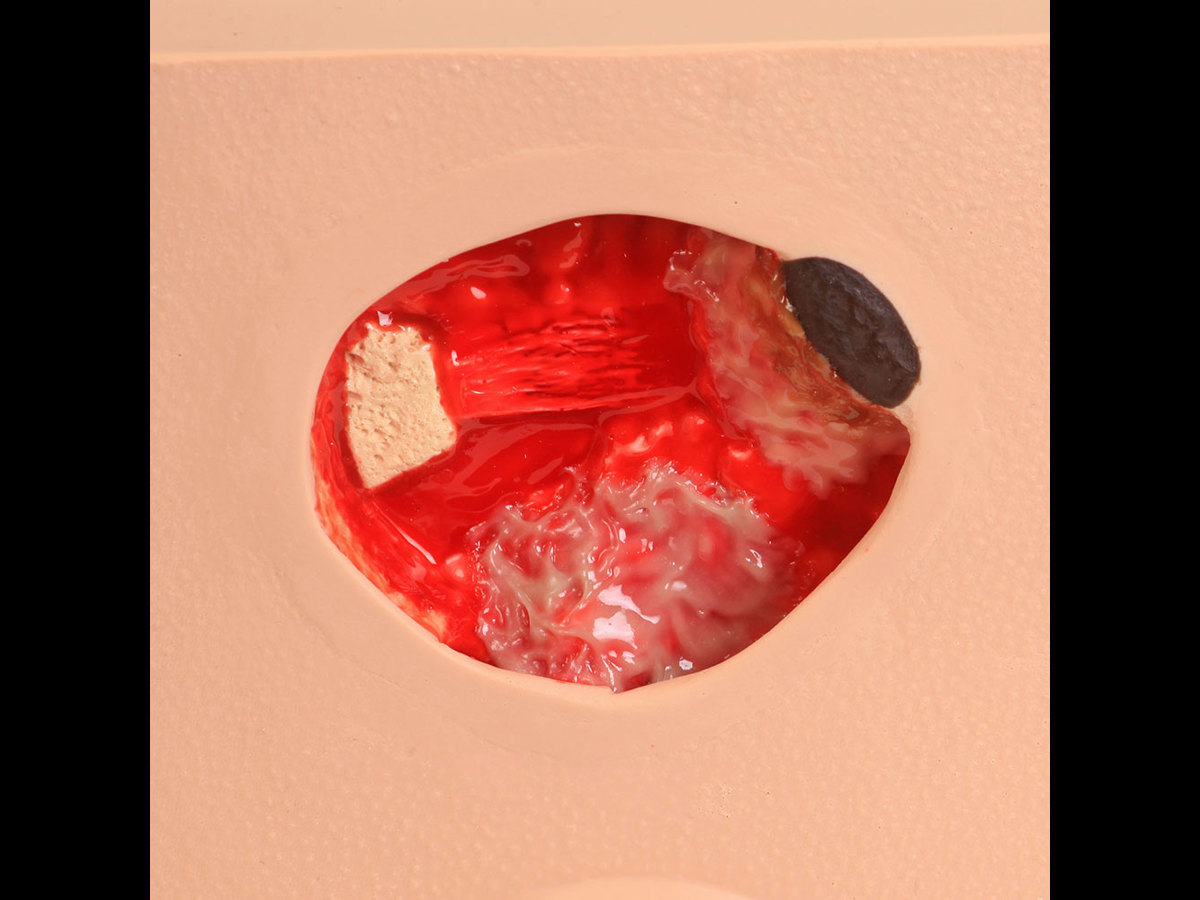
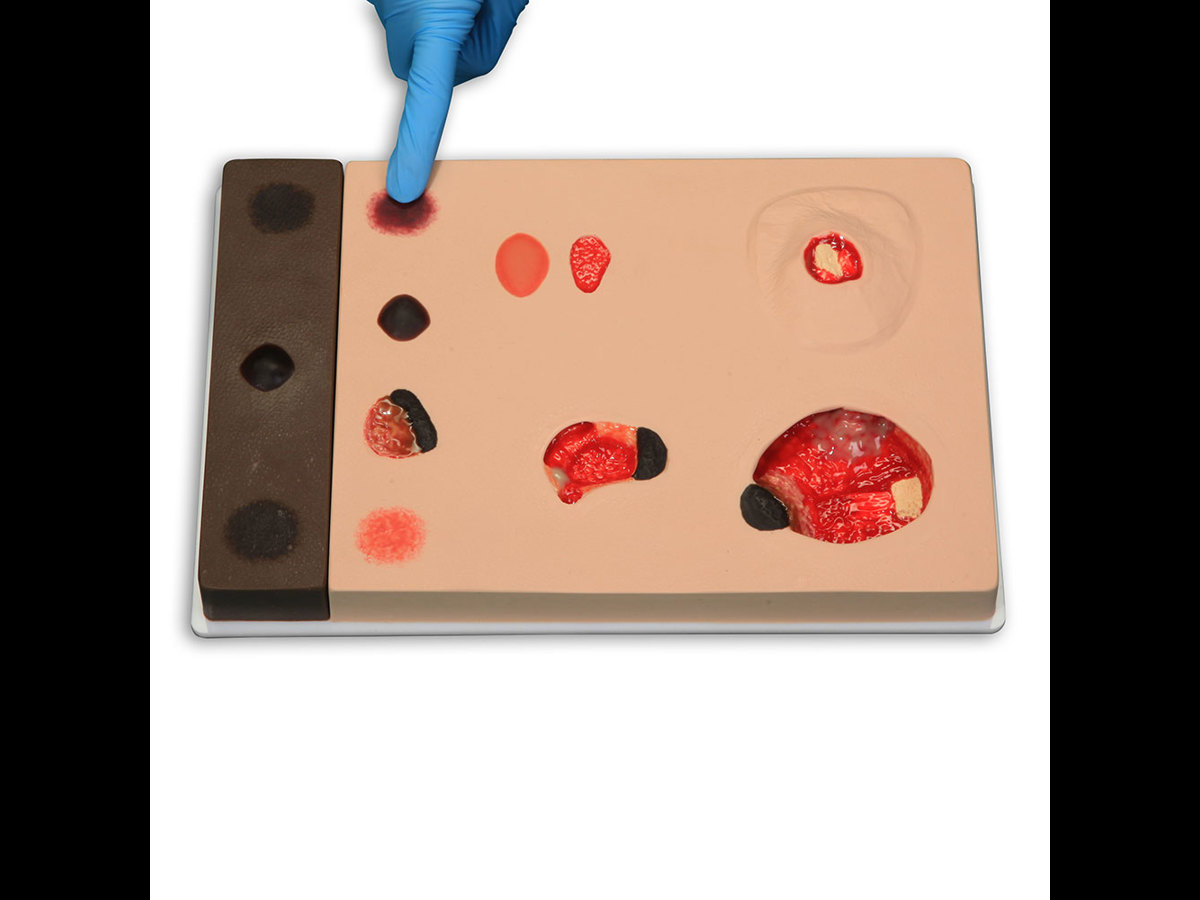
Adding to cart...
Added to cart
Sorry, something went wrong adding the product to the cart.
A unique, compact, comprehensive and realistic model displaying the following pressure injuries (per NPUAP 2016 - National Pressure Ulcer Advisory Panel):
Stage 1 (in both darkly and lightly pigmented skin), Stage 2, Stage 3 with undermining, tunneling and slough, a shallow Stage 4 over the malleolus with exposed bone and tendon, and an unstageable eschar/slough wound.
Overview
- DTI's have "mushy/boggy" feel when palpated
- Routine cleansing & dressing changes can be taught & practiced on all wounds
-
Offering an overview of the NPUAP staging guidelines
Cleaning
- Washable with soap and water
Anatomy
- For Dark skin:
- Suspected DTI
- Blood blister
- Stage I pressure ulcer
- For Light skin:
- Suspected DTI
- Stage 1 pressure ulcer
- Stage 2 blister intact
- Stage 3 pressure ulcer
- Stage 4 pressure ulcer with undermining, tunnelling, granulation tissue, subcutaneous fat, eschar and slough
Skills Gained
- Competency testing
- Skills assessment
- Routine cleansing
- Dressing techniques
Works with the following products:
References
AAFP Recommended Curriculum Guidelines for Family Medicine Residents, Care of Older Adults Reprint No. 264, p.5 15.Care of conditions that are common in older adults... k. Dermatologic: xerosis, cutaneous neoplasms, environmental and traumatic lesions including skin tears and pressure ulcers, wounds, skin manifestations of systemic illness
Specialty Training Curriculum for Core Medical Training , 2013 p.105: Recognise life threatening skin rashes presenting with ulcers, commence treatment and involve senior; Recognise the importance of prevention of pressure ulcers and diabetic ulcers
GMC Outcomes for graduates (Tomorrow’s Doctors) July 2015, p.15 26. Wound care and basic wound dressing Providing basic care of surgical or traumatic wounds and applying dressings appropriately.
Future nurse: Standards of proficiency for registered nurses, 17 May 2018, p.34-35 4.4 identify and manage skin irritations and rashes 4.6 use aseptic techniques when undertaking wound care including dressings, pressure bandaging, suture removal,and vacuum closures 4.7 use aseptic techniques when managing wound and drainage processes

